Synagogues Stress Personal Connections at Passover
Zoom fatigue leads to new approaches that go beyond technology.
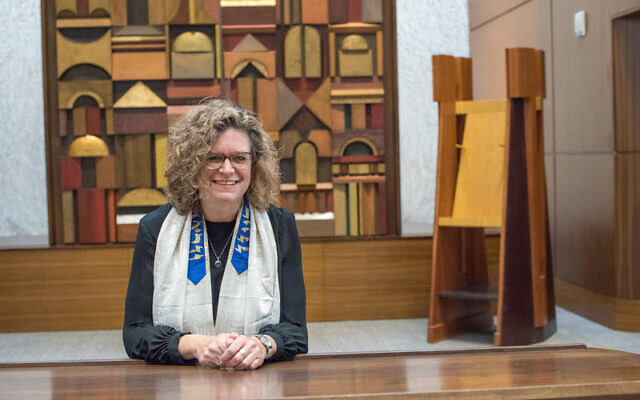
Jaimee Boettcher, director of member engagement at Temple Sinai, spent a good deal of time recently preparing for distribution of gifts just before Passover to more than 1,600 member families.
She recruited over 75 volunteers to make safe, socially distanced individual deliveries of a mailing tube that contained a matzah cover for the member’s seder table as well as a letter thanking them for remaining active in the congregation during the past, difficult year.
“We want to say ‘happy Passover,’ but we also want to say, ‘thank you for being with us during this crazy year. Thanks for hanging in there with us and we appreciate you and we hope that you’ll use this gift for your Passover seder.’ We hope it’ll start to be a new tradition where they include Temple Sinai in their seder.”
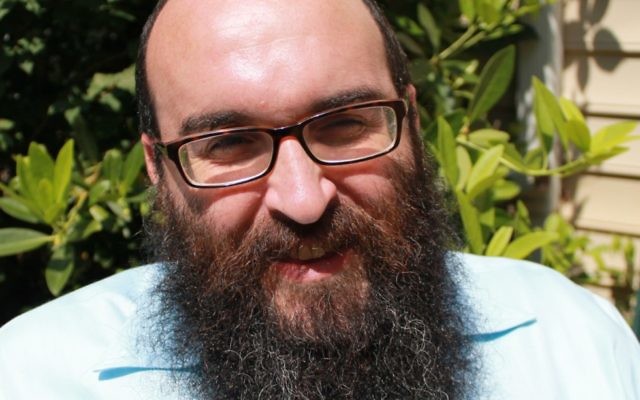
Each volunteer emailed the members on their delivery list and added their own personal touch to the synagogue’s gift. Another group of volunteers helped prepare the many gifts for delivery, which was yet another way Boettcher hopes to make Passover at the temple more of a personal experience this year.
“It’s also a way to engage a hundred people who haven’t been able to get out of the house and do much. So that’s another big added benefit. It engages a bunch of our congregants in a very healthy, social distanced way to be able to see other people and contribute to this project.”
Chabad of North Fulton distributed gifts to its community as well. According to Rabbi Hirshy Minkowicz, the congregation delivered two handmade matzot made under strict rabbinic supervision and a guide to making Passover at home.
For Minkowicz, the restrictions of the past year that have limited physical interaction have been both a challenge and an opportunity to connect one-on-one with the Jewish community.
“Chabad has always been very little about our four walls. We focus a lot on outreach, not just in terms of bringing people from the outside in, but actually bringing things to the people. So we’re very accustomed to not being focused so much on our building and our physical structure.”
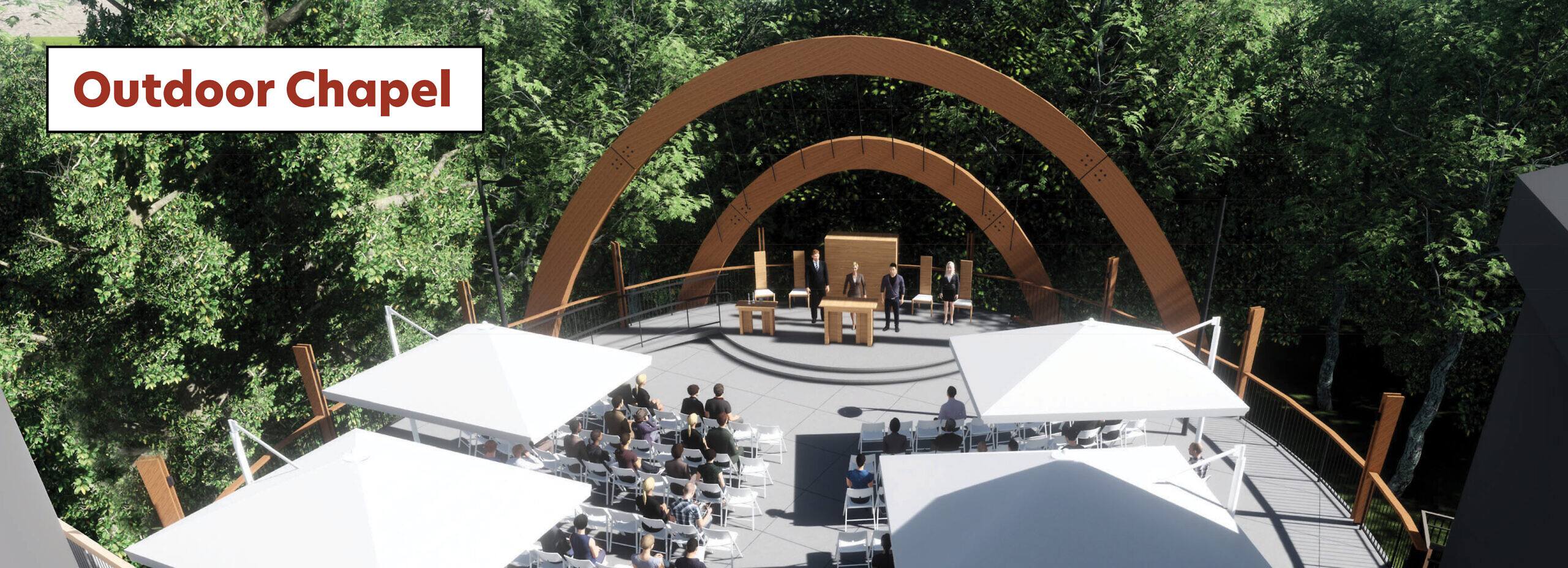
His synagogue planned a seder on the second night of Passover to be held outdoors and limited to 40 people, something that would have been impossible last year, when the congregation suspended much of its regular programs.
At Ahavath Achim Synagogue in the Peachtree Battle area, there won’t be any seders on site or through Zoom. Instead, the rabbis are focused on helping congregants find a more personal expression for their feelings during Passover.
The synagogue’s senior rabbi, Laurence Rosenthal, who is only in his second year leading the congregation, is putting more emphasis on helping his members prepare for the holiday rather than holding their hands through each step of it.
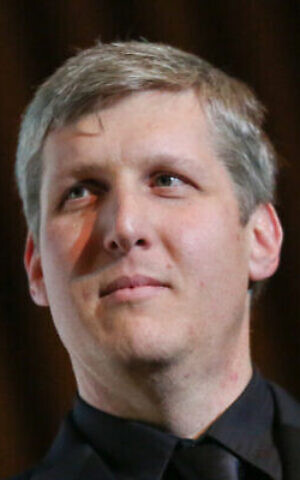
“Last year we provided a family seder, and that was fine, but it was chaotic and challenging. So we decided this year to give people tools rather than lead them through.”
The reason, in part, is that the rabbi feels that in the last year the uniqueness of a large Zoom seder may be wearing thin. He believes his congregants are looking, this year, for a deeper experience.
“I think people are looking now for more meaning because of the novelty of like, ‘wow, I could see people on Zoom’ is kind of gone and because we’ve done so much of it, there’s a fatigue of it. I don’t think we have found the key to using technology for deep meaning. And I’m finding that the deep meaning for a lot of people, especially now after a year of being separated, will be found with them connecting with their loved ones in authentic ways. Therefore, we’re going with the approach to give you the tools that you can bring to those experiences and you will curate that yourself.”
The synagogue is publishing a pamphlet of individual holiday reflections as a resource to be used at the seder table. The synagogue’s website also has a section with videos and recorded songs that can be incorporated into the ritual as well as instructional materials on how to prepare for and observe the holiday.
At Congregation Or VeShalom, the traditional Sephardic synagogue where personal relationships sometimes stretch back generations, Rabbi Josh Hearshen is celebrating his first Passover since coming to the Druid Hills congregation. He wrestles with the dilemma of how to maintain decades of tradition with the challenges imposed by the pandemic.
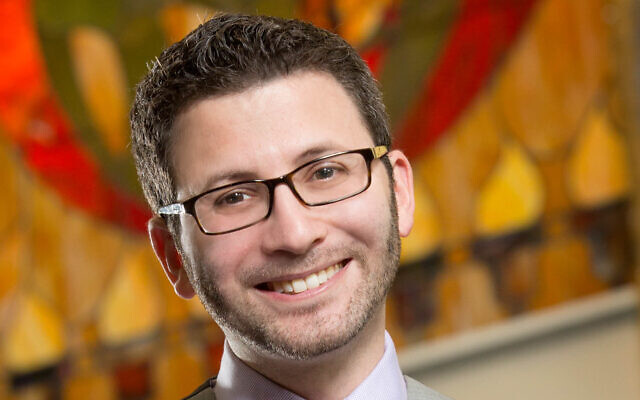
“This is the challenge of the day. I’m uplifted knowing that our ancestors in Europe during the 19th century or during the Holocaust, still found a way to make Passover in spite of not having any wine. They spent a night without matzah. They still made it work.”
Since the first seder falls just after Shabbat this year and doing a proper house cleaning for the holiday must be done early, the synagogue is offering a catered Shabbat kosher for Passover dinner that can be picked up at the synagogue for use at home.
The synagogue is also offering what it calls a seder in a box, which contains all the ritual items for the holiday as well as a number of supplementary readings that can be incorporated into the family haggadah.
Religious services during the holiday in the synagogue are limited to 25 people with reservations and masks required. The synagogue is not doing a virtual seder either.
At his own seder, Rabbi Hearshen is planning a looser structured, more reflective seder for his wife and young daughter.
“It’s becoming a more discussion-based night for my daughter and for my wife and I. We’re going to talk about things a lot more. I don’t feel like I need to run through things like I normally do. I usually get dressed up in my white kittel. I wear gold chains and I wear slippers or sandals. And I usually carry a walking stick when I’m walking around the table talking about the Exodus. I’m not going to do those things; it’s going to be bit more subdued.”
Later in the week, also as a way of bringing a lighter touch to the holiday, the synagogue has scheduled a virtual showing of the animated film classic, “The Prince of Egypt.”
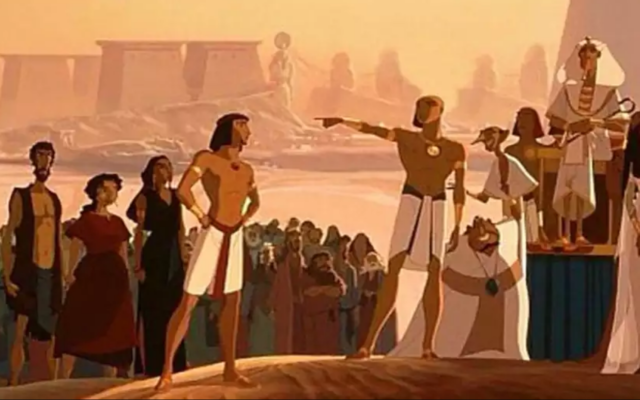
For Orthodox Jews, this year there has been a greater sense of urgency in spring cleaning in preparation for the holiday. Because Passover begins after the conclusion of Shabbat, the search for chametz and the ritualistic selling of foods that are not kosher for Passover had to be completed early before the holiday starts.
There’s more hustle and bustle this year in the largely Orthodox neighborhood along Lavista Road, where Congregation Ohr HaTorah is located. It’s in sharp contrast to Passover last year, when synagogue life was largely curtailed.
It’s part of the reason that Rabbi Adam Starr is particularly optimistic this year for a newfound sense of freedom during the holiday.
“I really feel this year is the beginning of that process of redemption; we’re at the beginning of that process. I’m starting to feel that redemptive spirit slowly in stages, emerging from a pandemic.”
At Temple Sinai, the emphasis is on Passover as both a festival of freedom and of hope. Cantorial Soloist Beth Schafer has even composed a new song, which she says is full of hope, “The Road To Freedom,” and created a video to accompany it at the second night seder the congregation is planning.
“The theme of Passover at Temple Sinai for this year as a whole is hope and stressing what has kept us hopeful from last Passover to this Passover and how can we remain hopeful from this Passover going forward.”
Getting back to a more normal way of worship is something she is more than ready for. Schafer has found the past year a difficult one where most of her interactions with the congregation have been mediated through the internet and the impersonal lens of a Zoom camera. Even at Passover she finds it difficult to create a connection between herself and her congregants.
“It’s just an incomplete circle; leading services and leading readings on a Zoom call are kind of like being in an echo chamber. And gosh, I really just do miss the sound of the congregation’s voices because it’s the sweetest part of what I do. And I’m looking forward to us all being together where I can hear them again. I can’t imagine that it won’t bring me to tears.”



comments